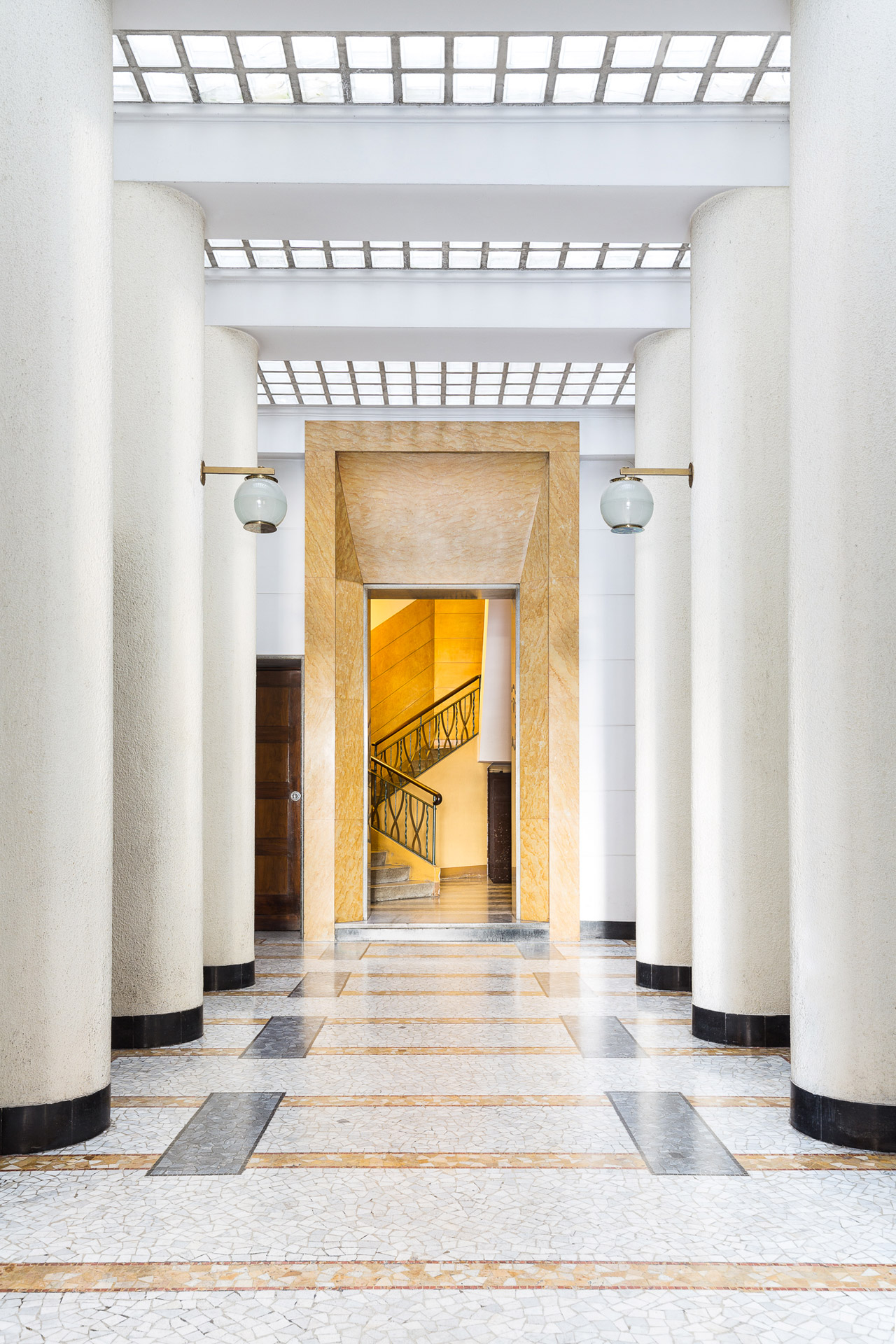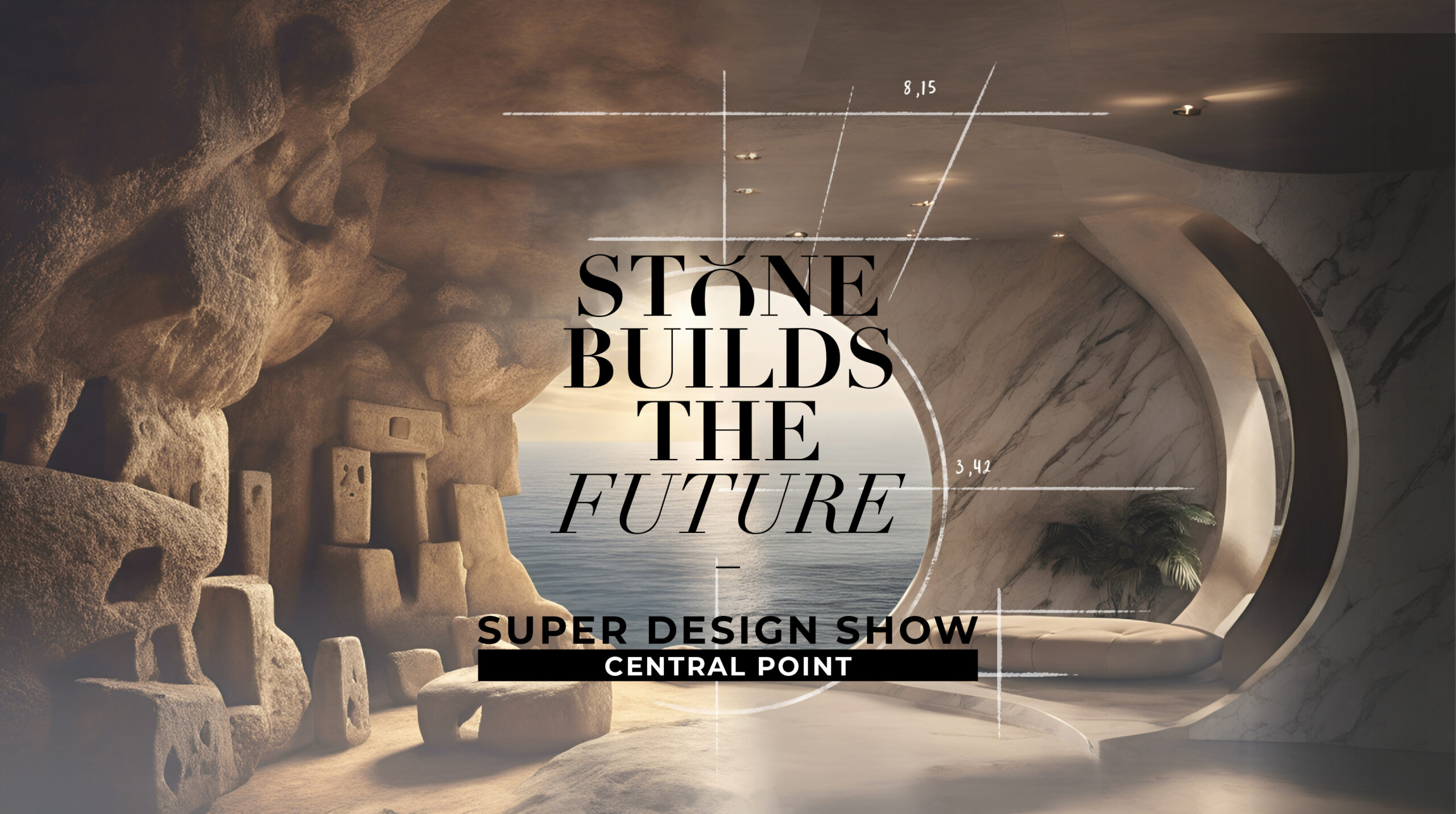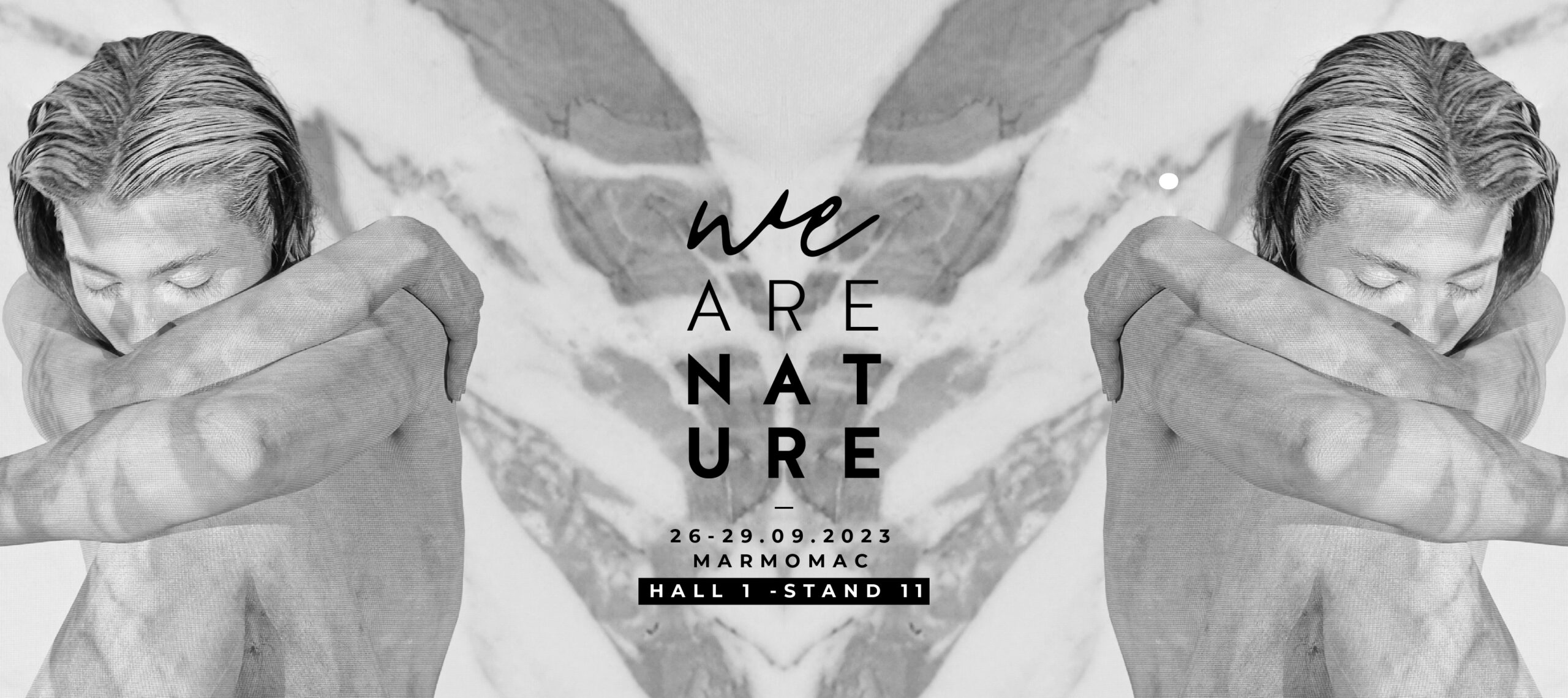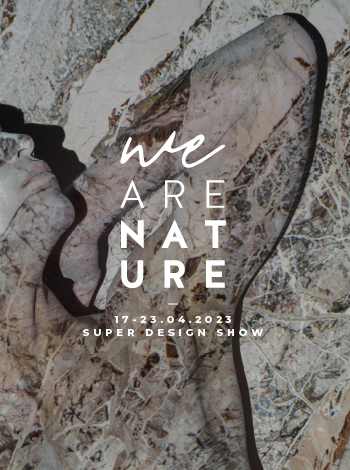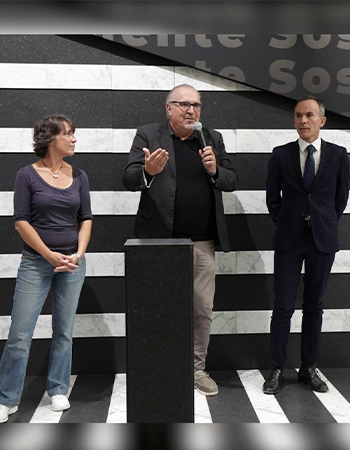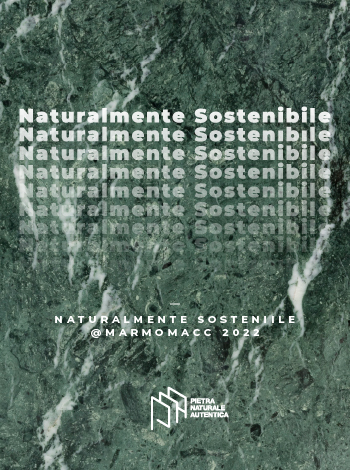The modern entryways of many buildings in Milan tell a story of architecture that, through the signatures of Portaluppi, Ponti, Caccia Dominioni, and many others, reinvent the scope of the stone material as a blank slate of a new project.
By Giorgio Tartaro
During my many stays in Rome, in almost thirty years of journalistic work, I focused my attention on the first impression: the buildings’ entrance. I believe its form is just as fascinating, especially those with modern designs, interacting with history and cultural stratifications. My passion for balconies, terraces, greenery, and views of all kinds is strong, but entryways and the piece perceived from the stairs have always fascinated me.
My recent memory takes me back to a marble and porphyry staircase from the Hotel Mediterraneo, near Termini Station, constructed at great heights for the Expo of 42, the catalyst for the construction of the EUR neighborhood of Rome, but ultimately never happened.
However, I live in Milan and often travel on foot or bike, as I have for many years. Consequently, I often stopped to admire see-through doors and interiors made in magnific marble, frequently enhanced by contemporary lights. I have always thought that stone, authentic, ancient and real, refreshed in a modern or contemporary project, was the only ideal backdrop dragging the visitor into the soft belly of the building.
That visitor is its identity, a business card, pudendum of a project, one that is found only through experiencing it.
They must have thought and imagined it these two giants of the Milanese architectural project.
Portaluppi, on the one hand, can speak to natural stone from the beautiful Alpine mountains, and Caccia Dominioni on the other.
In the city, the masters have given aulic proof above all in declining in the modern form a stone covering that becomes text, writing, poetry.
With an essential difference perhaps: the materiality and tridimensional of Portaluppi exalts the matter, the stone in its strength, heaviness, immortality, and the bidimensional of Caccia Dominioni, perhaps more intent on inlays and pairings, both however fetishistic for design and pose.
Elegant, austere, precious is the marble coming from Lake Maggiore, Como, and Lugano. The origin of the same Candoglia used for Milan’s Duomo and other precious stones that build unique and beautiful shelters, almost as many as the hidden gardens of a Milan waiting to be discovered. But besides the green stones of the Valle d’Aosta that stand out, there is also the white of Brescia Botticino, yellow of Tuscany, and many more.
Moreover, the wealthy textile clients and the various nascent industries spare no expense.
Next to the already mentioned Portaluppi and “Il Caccia”, as amicably defined, one was able to explain manifestos (Villa Necchi Campigli, Boschi Di Stefano house, Portaluppi house for the first and complexes in Corso Italia and San Vittore for the second). There are many other names such as those of the eclectic Gio Ponti for homes and locations of various companies, Martinenghi, Avati, Fornaroli, Rosselli, Pier Luigi Magistretti Piazza Meda, and much more.
A widespread map of buildings and entrances, each with a distinctive theme or color base, able to represent the property, the place, the history or the future of a city that sculpted in the stone its new entrepreneurship and ability to represent itself.


